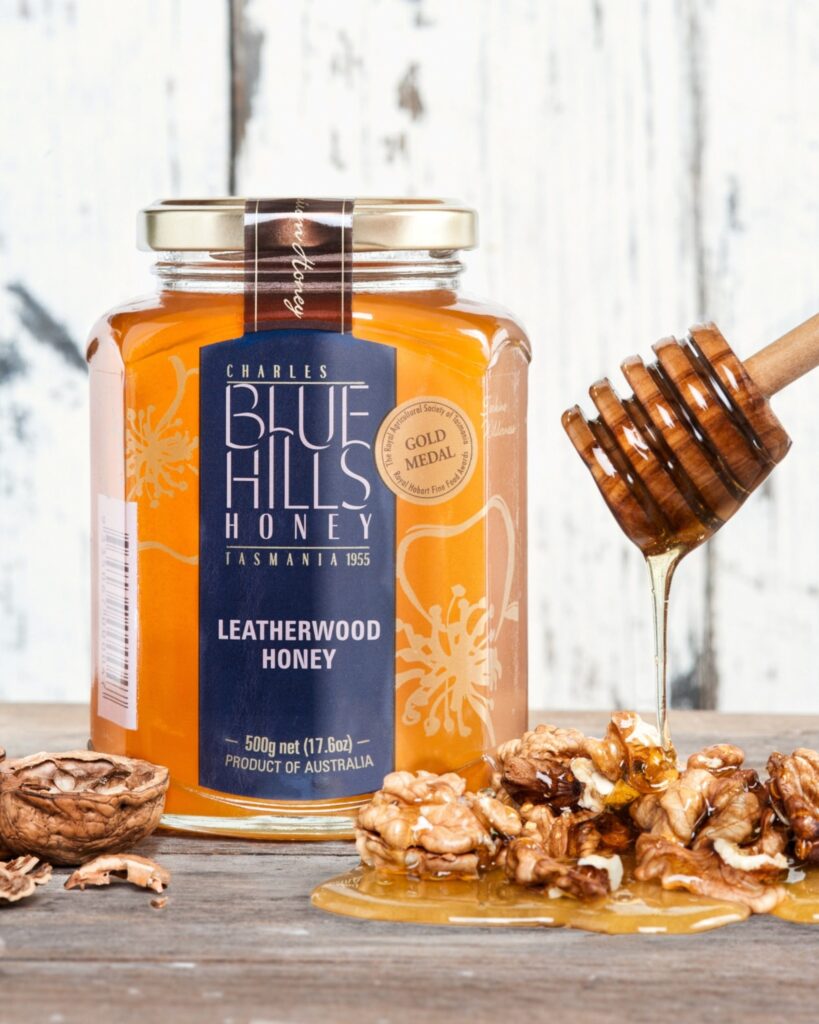Tasmania’s rich and diverse native flora contributes to its reputation as a leading producer of premium honey products. Leatherwood honey is one of Tasmania’s most iconic food products, celebrated for its distinctive floral aroma and flavour profile. It is derived from the leatherwood tree (Eucryphia lucidia), which grows exclusively in the highly biodiverse forests of Western and Southern Tasmania. The phenolic profile of Leatherwood honey is likely to be unique, setting it apart from honeys derived from other floral sources. Ms. Moore, Dr. Brooks and Dr. Boufridi at the UniSC Honey lab set out to discover the phenolic profile of mono-floral Leatherwood honey and to identify natural chemical markers that can reliably authenticate its botanical origin. The Honey Lab team found 4- methoxymandelic acid as a unique marker for leatherwood honey in addition to 13 secondary chemical markers. The research article titles “4-Methoxymandelic acid: A leatherwood (Eucryphia lucidia) honey marker for authentication” has been published in “Current Research in Food Science”.
Conclusion: Leatherwood honey demonstrates chemical uniqueness among Australian honeys, with multiple health-relevant compounds. These findings support its classification as a high-value functional food.

Conclusion: Leatherwood honey demonstrates chemical uniqueness among Australian honeys, with multiple health-relevant compounds. These findings support its classification as a high-value functional food.
